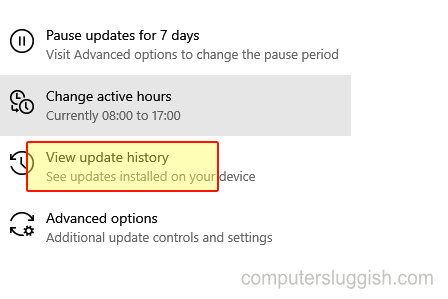

Proactive users can also download the Windows Update troubleshooter, which will allow you to hide problematic updates and prevent them from reinstalling. On the Installed Updates dialog window, find and select KB4524244, click the Uninstall button.In Windows Desktop Search type ‘update history’ then click ‘View your Update history’.

Microsoft says it is “working on an improved version of this update” but in the meantime, it recommends affected users remove KB4524244 with these steps: As Bleeping Computer reported earlier in the week, both AMD and Intel computers were affected with HP owners hit particularly hard. While Microsoft has now stopped the spread, users already impacted are left to pick up the pieces. “This standalone security update has been removed and will not re-offered from Windows Update, Windows Server Update Services (WSUS) or Microsoft Update Catalog,” wrote the company on the Windows 10 Health Dashboard. Windows Latest writes that this problem is "based on a small but a growing number of user reports" so be careful and, once again, make sure you get the Windows Update troubleshooter linked below. Uninstalled the update and my data is still missing, I cannot find it anywhere," states another. After the 31 days have passed, your PC will automatically download the Version 1511 update.Īny update installed on your PC before the Windows 10 (Version 1511) update will no longer be listed in your update history."My desktop is black, icons are gone, Taskbar and Start menu are also empty. If it’s been less than 31 days since you upgraded to Windows 10, you won’t get the Version 1511 update right away this will allow you to go back to your previous version of Windows if you choose. To see what version your PC is running, select the Start button, then select Settings > System > About.

About the Windows 10 (Version 1511) update


 0 kommentar(er)
0 kommentar(er)
